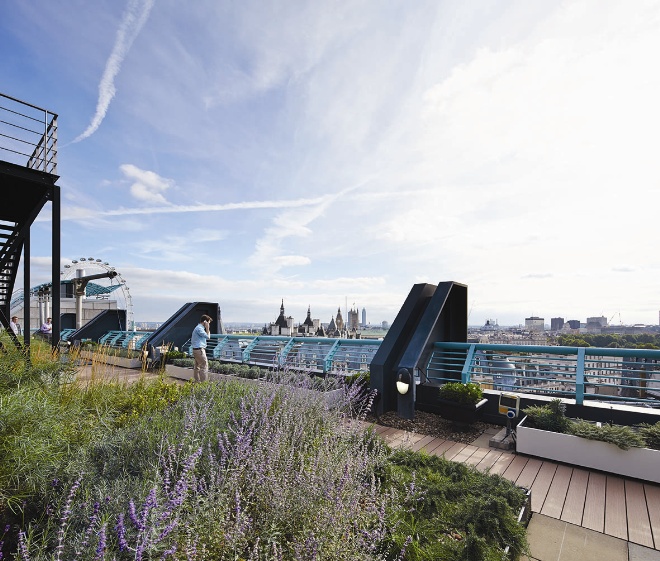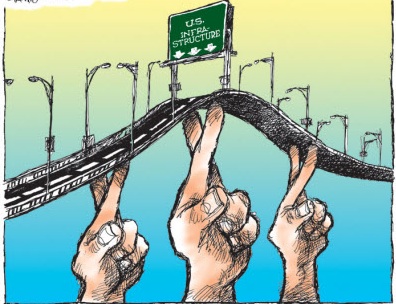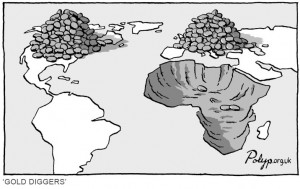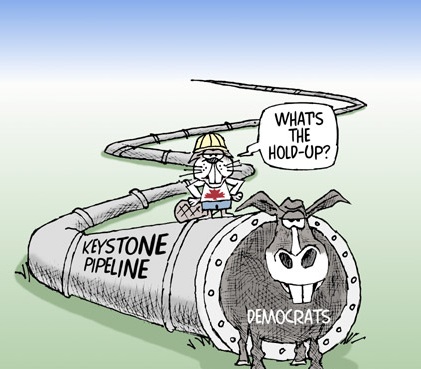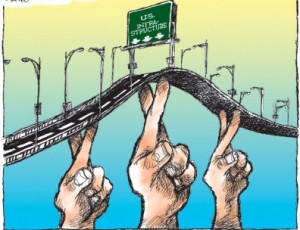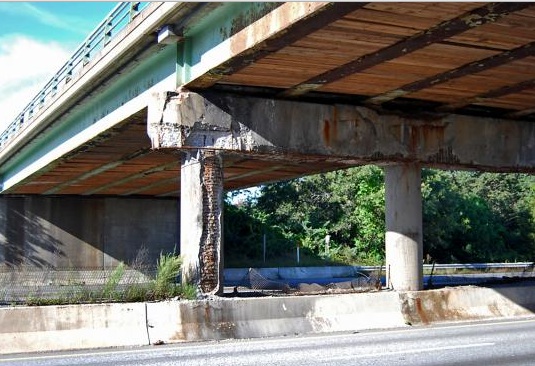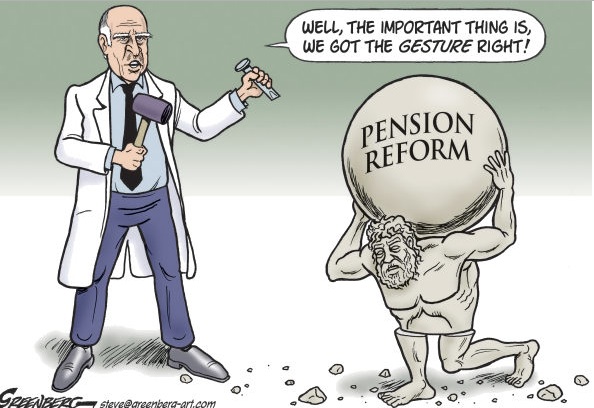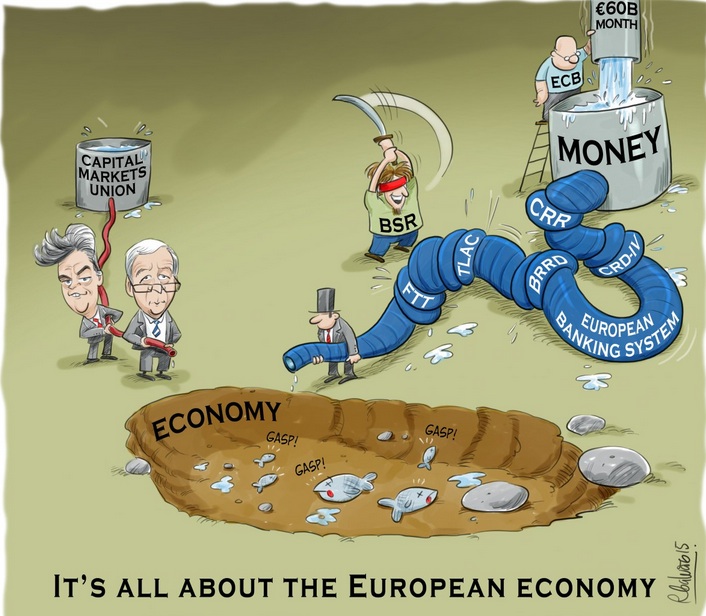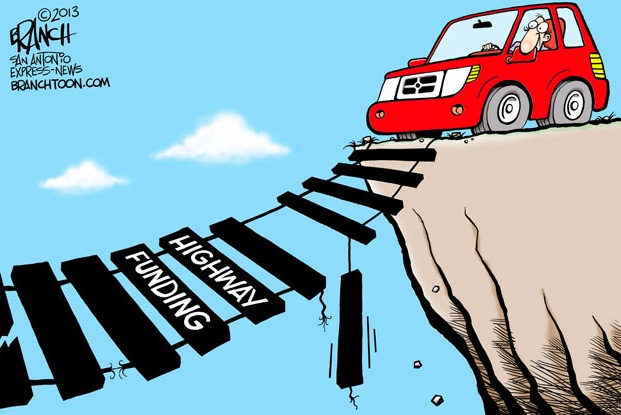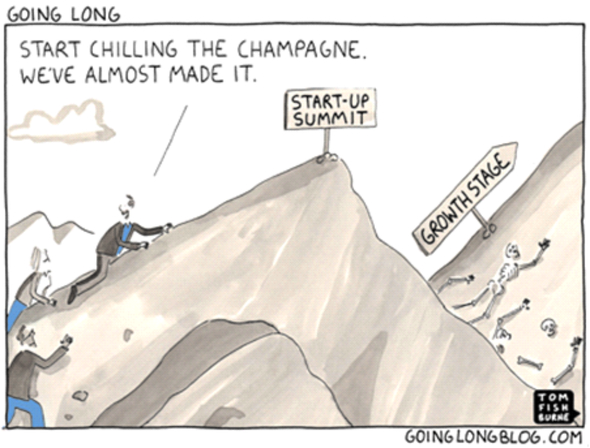Are environmentalists overlooking the impact of for-profit businesses on the greening of the world.
When PwC decided to refurbish its unloved central London office, it thought it would be doing well to achieve a BREEAM “excellent” rating. Then it realised it could do rather better than that …
Which office building has the highest BREEAM rating ever? Could it be the Co-op’s glamorous new headquarters in Manchester? Or that beacon of sustainability in London’s Docklands, the Siemens
Crystal? Or could it be Embankment Place, a nineties air rights scheme over London Charing Cross station that is so leaky it couldn’t be sufficiently pressurised to get a test reading?
Incredibly, the last building on this list has pipped the others with a chart-topping post-completion BREEAM score of 96.31%. This isn’t the first time occupier PwC has been at the top of the BREEAM charts. The professional services firm achieved the first BREEAM “outstanding” rating with its More London office near London Bridge in 2011. But making a brand new building super-efficient is relatively easy compared with a refurbishment, particularly this one, as Embankment Place is a post-modern warren of oddly shaped rooms and isolated eyries and is in one of the most congested parts of London, making the refurbishment particularly challenging.
According to PwC’s real estate director Paul Harrington, staff had mixed feelings about the office. “It’s a fantastic location but everyone hated the building,” he explains, adding that the entrance was particularly depressing. “It was heavy, monolithic and dark with a fountain that stank of chlorine.” Two atriums in the building were ringed by cellular offices, leaving the main floorplates devoid of any natural light. Vertical circulation was difficult and hidden away stairwells meant the only practical way to travel between floors was in the overused lifts.
The lease was due to expire in 2015 so PwC was faced with the choice of moving or refurbishing the building to make it more acceptable to staff. It plumped for the latter which included making the building much more energy and water efficient. Harrington says sustainability was a priority for PwC but an accountancy firm inevitably wants a return on its investment. “There is no point throwing money at something unless there is a good return,” he says, adding that measures to improve building performance must have a payback of less than four years.
The building entrance is below Charing Cross station, with the main building over the station
Initially a BREEAM “excellent” rating was targeted. “We had a clear aspiration at More London to get a BREEAM ‘outstanding’,” says Harrington. “Here we thought ‘excellent’ was the best we could get but as we developed our thinking we thought we could take this further.”
The BREEAM analysis has been done by services engineer ChapmanBDSP. “We looked at what the key credits were to get a BREEAM ‘outstanding’ and saw we didn’t have to go much further to achieve this,” says Darren Coppins, ChapmanBDSP’s head of sustainability. He adds PwC wanted an EPC A rating even though a BREEAM “outstanding” can be achieved with an EPC rating of B. This meant the primary focus was on energy. Coppins says a range of options was explored including covering the whole roof of the building with PV panels and wind turbines and using a fuel cell to provide heat and power. The Greenest Office in London- PwC
